Expansion into New Market Segments
The Environmental Disinfection Robot Market is witnessing an expansion into new market segments beyond traditional applications. Industries such as retail, transportation, and public spaces are increasingly adopting disinfection robots to enhance cleanliness and safety. This diversification is driven by the recognition of the importance of maintaining hygiene in various environments. The market is projected to see significant growth as more sectors invest in automated disinfection solutions to meet consumer expectations for cleanliness. For instance, airports and shopping malls are beginning to deploy disinfection robots to reassure patrons about safety. This trend indicates a broader acceptance of disinfection technology across diverse applications, thereby driving the Environmental Disinfection Robot Market towards a more robust and varied future.
Rising Health and Safety Regulations
The Environmental Disinfection Robot Market is significantly influenced by the increasing health and safety regulations imposed by governments and health organizations. These regulations mandate stringent hygiene practices across various sectors, including healthcare, hospitality, and education. As a result, organizations are compelled to adopt advanced disinfection solutions to comply with these regulations. The market is expected to witness a notable increase in demand for disinfection robots, as they offer a reliable and efficient means of maintaining compliance. In fact, the market size for disinfection robots is anticipated to reach several billion dollars by 2028, reflecting the growing emphasis on health and safety standards. This trend underscores the critical role that disinfection robots play in ensuring public health and safety, thereby driving the Environmental Disinfection Robot Market forward.
Technological Advancements in Robotics
The Environmental Disinfection Robot Market is experiencing a surge in technological advancements that enhance the efficiency and effectiveness of disinfection processes. Innovations such as artificial intelligence, machine learning, and advanced sensors are being integrated into disinfection robots, allowing for real-time data analysis and improved navigation. These technologies enable robots to adapt to various environments, ensuring thorough disinfection in complex spaces. The market is projected to grow at a compound annual growth rate of approximately 20% over the next five years, driven by these advancements. As organizations increasingly seek automated solutions to maintain hygiene standards, the demand for technologically advanced disinfection robots is likely to rise, positioning the Environmental Disinfection Robot Market for substantial growth.
Increased Awareness of Infection Control
The Environmental Disinfection Robot Market is benefiting from heightened awareness regarding infection control and prevention. As communities become more informed about the transmission of pathogens, there is a growing demand for effective disinfection solutions. This awareness is particularly pronounced in sectors such as healthcare, where the need for stringent infection control measures is paramount. The market for environmental disinfection robots is projected to expand as organizations seek to implement automated disinfection systems that can reduce the risk of infection. With the potential to significantly lower the incidence of healthcare-associated infections, disinfection robots are increasingly viewed as essential tools in infection control strategies. This trend is likely to propel the Environmental Disinfection Robot Market to new heights as more sectors recognize the importance of advanced disinfection technologies.
Sustainability and Eco-Friendly Solutions
The Environmental Disinfection Robot Market is increasingly aligned with sustainability initiatives as organizations seek eco-friendly disinfection solutions. The demand for environmentally responsible products is rising, prompting manufacturers to develop robots that utilize non-toxic disinfectants and energy-efficient technologies. This shift towards sustainability not only addresses environmental concerns but also appeals to consumers who prioritize eco-friendly practices. The market is expected to grow as businesses recognize the dual benefits of maintaining hygiene while minimizing their ecological footprint. Furthermore, the integration of sustainable practices in the design and operation of disinfection robots is likely to enhance their appeal across various sectors, including hospitality and education. As sustainability becomes a core value for many organizations, the Environmental Disinfection Robot Market is poised for growth driven by eco-conscious innovations.


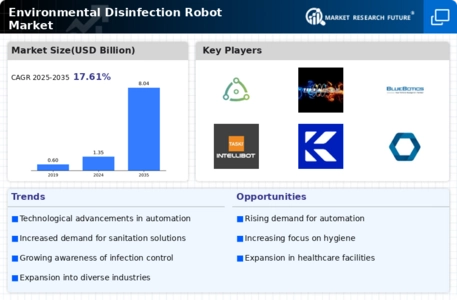
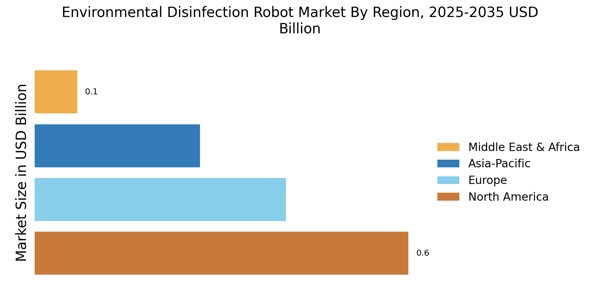
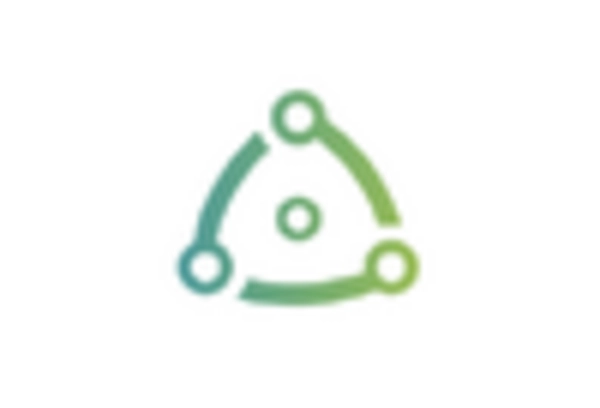
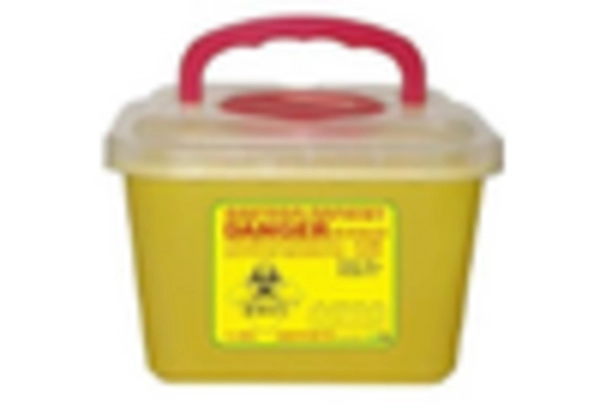
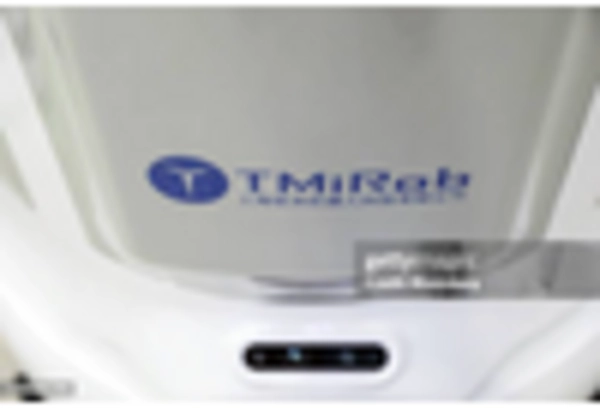
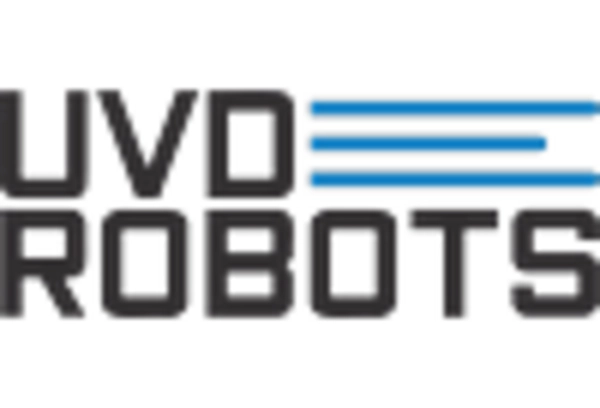
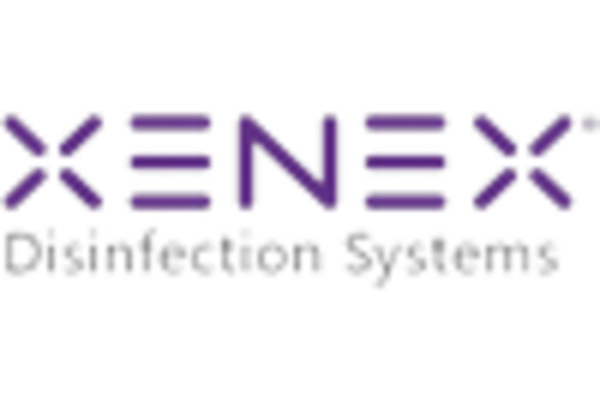
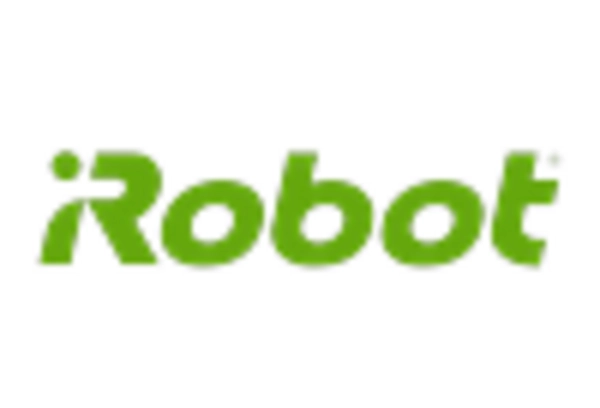








Leave a Comment